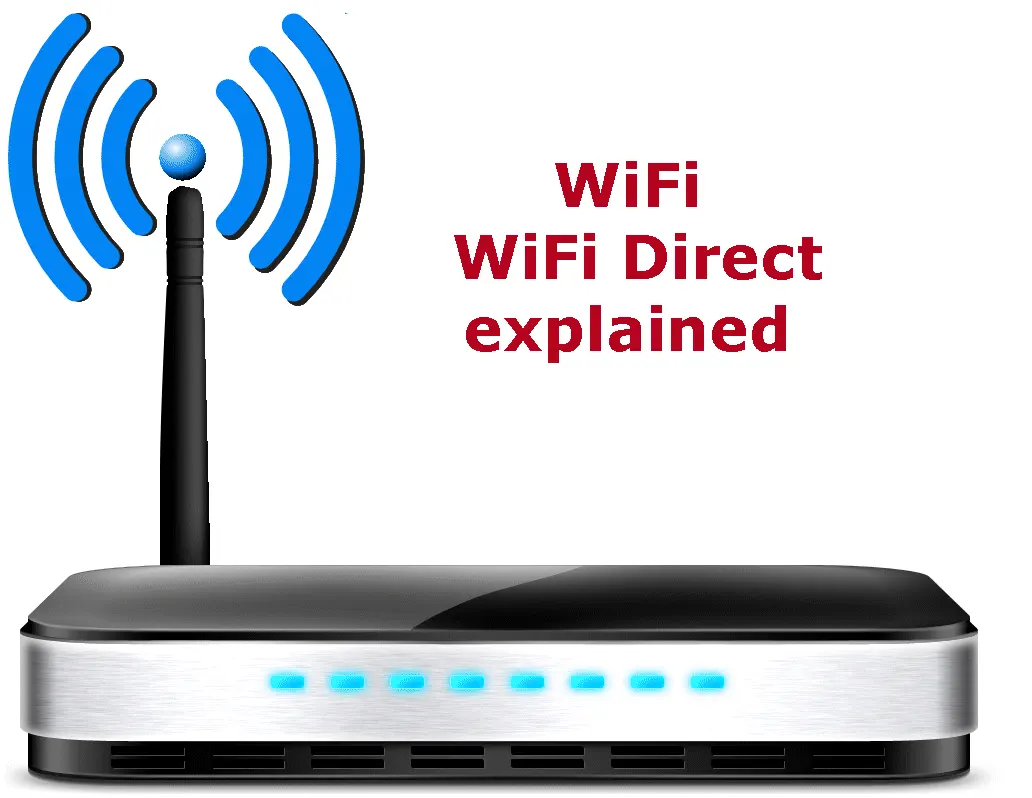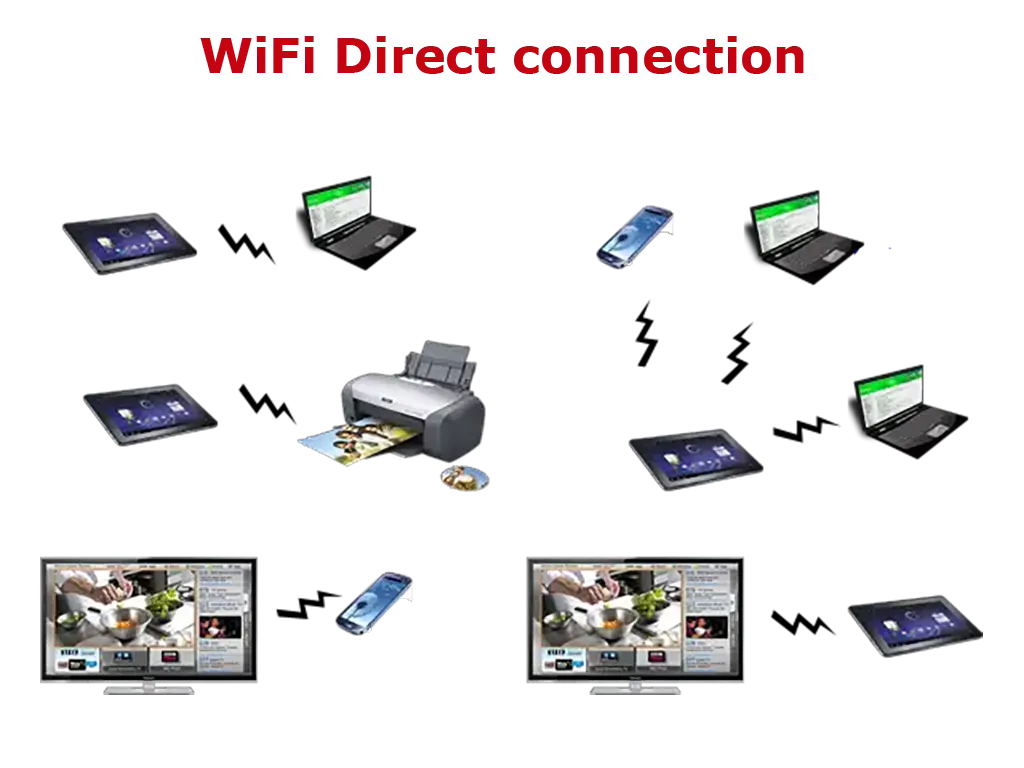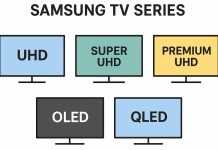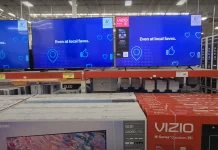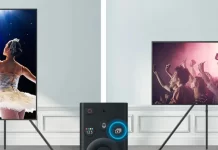Wi-Fi Direct, also known as Wi-Fi P2P (Peer-to-Peer), is a wireless communication technology that allows devices to connect directly, without the use of a router or access point. Developed and supported by the Wi-Fi Alliance, this standard provides seamless connectivity between a variety of devices, from smartphones to home appliances.
You’ve probably come across Wi-Fi Direct in devices such as smart TVs and printers, where it provides direct interaction for tasks such as screen mirroring or printing. However, it’s important to distinguish between Wi-Fi Direct and hotspot mode: while both involve wireless connectivity using Wi-Fi channels, they’re based on very different approaches.
How to Use Wi-Fi Direct
Wi-Fi Direct is designed to simplify device-to-device connections. Here are some common applications:
- Direct Printing: Install a compatible printing app on your smartphone to connect directly to a printer. This allows you to send files for printing without needing a network.
- Screen Mirroring: Smartphones and TVs supporting Wi-Fi Direct can establish a direct link for screen duplication. By running a screen mirroring app, you can display photos or videos from your phone on a larger TV screen.
- Smart Appliance Control: Many smart home devices, such as washing machines or refrigerators, use Wi-Fi Direct for diagnostics or control. A dedicated app connects your phone directly to the appliance for easy monitoring and management.
Devices That Support Wi-Fi Direct
Wi-Fi Direct is built into a wide range of modern devices, as it is supported by most Wi-Fi chipsets:
- Smartphones and Tablets: Most Android and iOS devices include this feature.
- Laptops and Computers: Many models with Wi-Fi modules support Wi-Fi Direct.
- Printers: Enables direct printing from phones or laptops without a network.
- Televisions: Screen mirroring and similar features leverage this technology for direct connections.
The Decline of Wi-Fi Direct
While Wi-Fi Direct is still available, its use has declined with the proliferation of home Wi-Fi networks and advanced streaming technologies such as Chromecast and AirPlay. These new protocols work with routers for greater functionality, such as allowing TVs to receive commands from a smartphone and content to be retrieved directly from online services after launching from a phone. These technologies have made Wi-Fi Direct less necessary in today’s households, as Chromecast and AirPlay solutions are more convenient.
The bottom line is that while Wi-Fi Direct remains a useful tool for certain scenarios, the evolution of wireless networks has caused most users to move to more versatile and simpler solutions.


